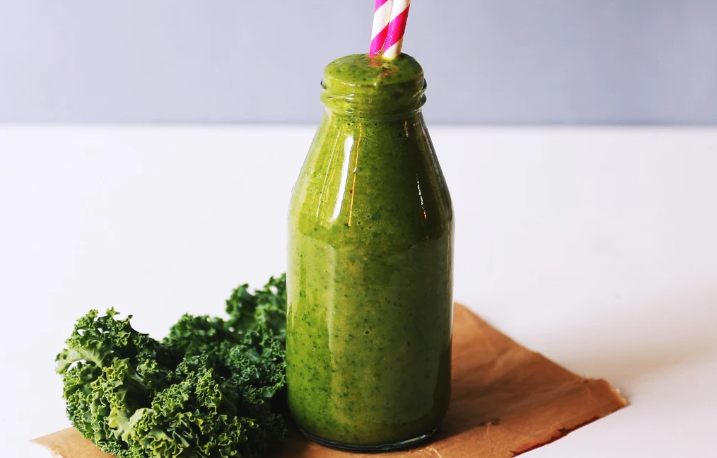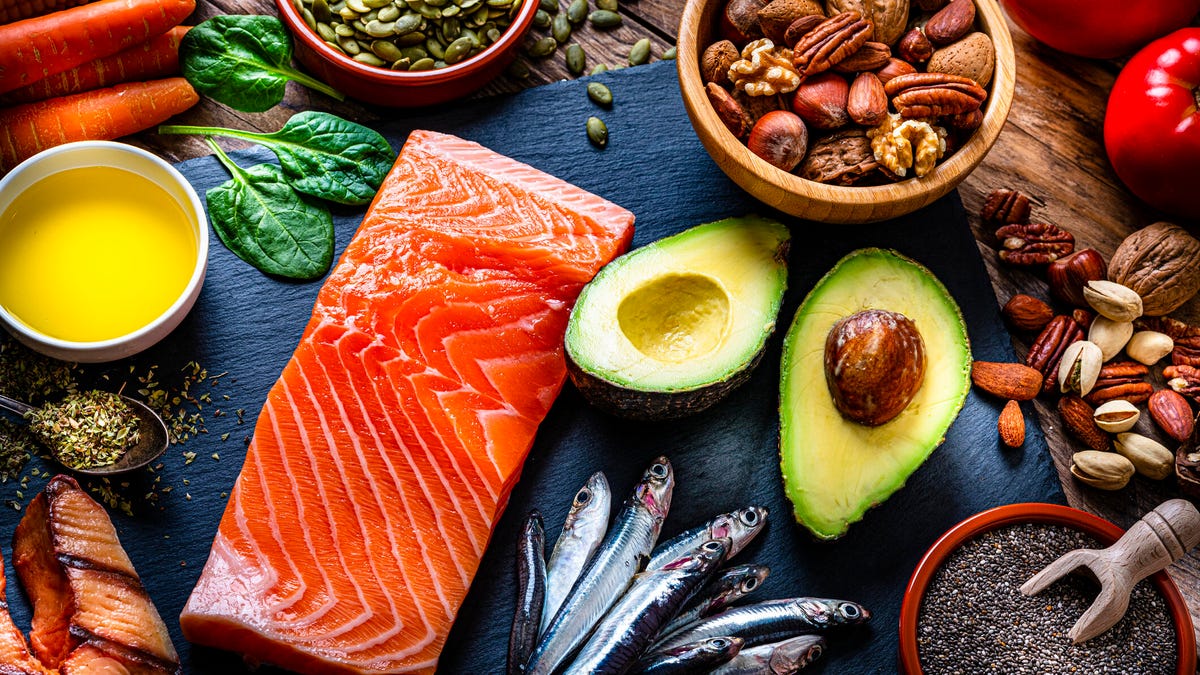I can’t tell you how many times I’ve heard from readers who are stuck in a mindset that says in order to be frugal in the grocery store, one must live on a diet of high-carb, low-quality and basically unhealthy junk food. And conversely, sticking to a healthy diet is expensive and generally out of reach for most families.
Today, I would like to put both myths to rest by demonstrating that is it possible to eat healthy, even on a tight budget.
Don’t Pay Full-Price for Protein
Tuna, chicken breasts and lean beef cuts are always on sale somewhere. If you don’t want to store-hop, you can always find some cut of meat, fish and poultry on sale in your favorite market.
Eat what’s on sale, and if it’s a loss leader (that means dirt-cheap in an effort to entice people through the door), stock up for the coming weeks.
Grab up the items that are marked down for quick sale because they are close to the “sell by” dates, and then freeze.
Beyond Chicken Breasts
Healthy eating is often equated with boneless, skinless chicken breasts. That’s great, but chicken thighs are less expensive and much more flavorful.
Buying a whole chicken and cutting it up yourself is more cost-effective than purchasing individual parts. Or an even better alternative: $5 rotisserie chickens from Costco.
Protein-Rich Beans
Black beans are a super affordable and nutritious protein option, costing around $1.50 per pound when dry. They’re also packed with protein and fiber, have no cholesterol and are almost free of saturated fat, making them an excellent choice for a healthy diet.
Other bean varieties such as pinto, cannellini, garbanzo and kidney beans are also budget-friendly and good for you. If you don’t want to go through the overnight soaking process, canned beans are a convenient alternative, costing about 40 cents per serving. Use beans to whip up hearty soups, salads, chili and various tasty recipes.
Bring on the Eggs
Eggs are an affordable protein source, currently around $3 for a dozen, that can feed six people. Of course, if they’re organic or free-range, the cost is slightly higher. Despite previous concerns about their cholesterol content, research indicates that consuming high-cholesterol foods is not necessarily harmful if they are low in saturated fat.
Eggs are low in fat, rich in nutrients and versatile for various meals beyond breakfast. Combining them with other nutritious foods, such as vegetables in frittatas, souffles and stratas, offers a budget-friendly and healthy dining option.
Buy Carbs in Bulk
Find a warehouse club, ethnic market, health food store or food co-op that offers rice, beans, oatmeal, nuts and legumes in bulk, by the pound. Store dry items in the freezer to retain freshness.
Shop With a List
Buying on impulse can blow a budget and a diet. So can arriving at the store hungry. Eat before you get there and stick to your list so you leave nothing to chance.
Buy Generic
Let go of your brand loyalties. Shop by best value and not by brand. Try the store brand. Most stores have a “satisfaction guaranteed” policy. If you try something and it is awful, ask for a refund.
Some generic items are identical to their brand-name cousins, while others are pretty bad. You be the judge.
Don’t Throw Anything Away
Freeze extra rice or leftover pasta in freezer bags. Save up meat bones and scraps in the freezer to make stock or soup. Ditto on vegetables.
Stick to the Perimeter
If you’re on a diet or special food plan, most everything you need is around the outside perimeter of the typical grocery store (dairy, meat, produce), while the high-calorie, high-priced, highly processed items are in those center aisles.
Don’t Pay for Convenience
Prewashed bagged lettuce and precut veggies might be convenient, but they are expensive — three to four times more than uncut items in bulk bins. Individual packets of oatmeal, chips, etc. are outrageously priced.
The way to make sure you’re getting the best deal is to shop by price per unit, not package price. When it comes to fresh produce, buy what’s in season and you’ll get the best price and best quality, too.
Control Portions
Eating more than is prescribed by your food plan will blow your diet and your budget. Take the time to measure and weigh. Tomorrow, before you pour out your bowl of cereal, read the box to find out how much cereal makes a single serving. Now measure that amount into your bowl.
Does it look a little puny? It’s possible that your “dump method” has been treating you to three to four servings at a time instead of just one. Whoops.
Mary invites you to visit her at EverydayCheapskate.com, where this column is archived complete with links and resources for all recommended products and services. Mary invites questions and comments at “Ask Mary.” This column will answer questions of general interest, but letters cannot be answered individually. Mary Hunt is the founder of EverydayCheapskate.com, a frugal living blog, and the author of the book “Debt-Proof Living.”
COPYRIGHT 2023 CREATORS.COM











